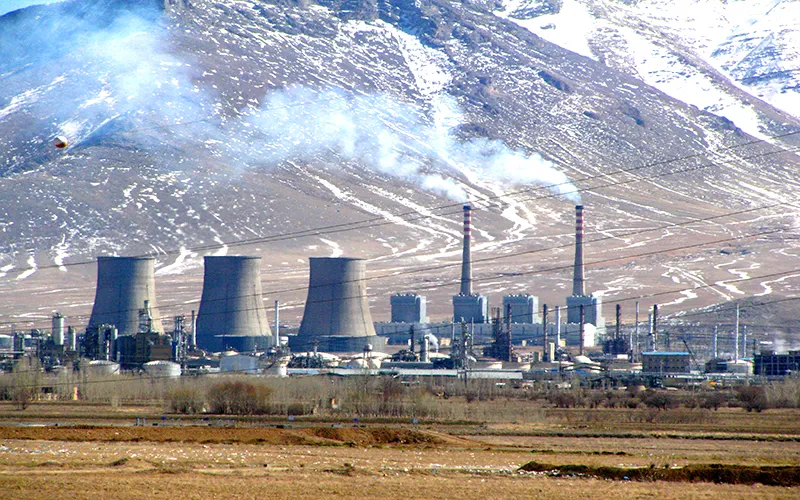Over the next two decades, more than 90 percent of incremen-tal growth in energy demand is expected to come from developing countries. Asia, in particular India and China, will account for a significant part of this growth.
According to the BP Statistical Review, China and India accounted for 14.5 percent of the total consumption of oil in 2010. This share is only set to rise, consolidating at around one-fifth of global consumption in 2030.
Yet, in spite of their burgeoning share in the global market, both China and India remain price takers rather than price makers in the international market. This fact becomes even more surprising, given that the world’s larg-est suppliers of oil and gas are also in the same region.
The geographical proximity of these two countries to resource-rich West and Central Asia does not seem to have conferred any advantage to either of the two. Yet, the next 20 years are bound to see these two countries become the largest centers of demand. What prevents them from emerging as the dominant force in energy markets?
One reason is the competition for resources which has seen national oil companies from both countries outbid each other for acreages in Central Asia, Latin America and Africa.
Another is the regimes of price controls and subsidies which have pre-vented greater integration of the energy markets in these countries with the world, and with each other. Both coun-tries have also over-exaggerated the role of the State and State-run companies in their energy markets.
Looking into the future, the pres-sures of demographics and the inevita-bility of growth will cast the die in favor of a new paradigm of energy coop-eration between India and China. The new paradigm has to move beyond commercial partnerships in acquisition of acreages abroad.
With fungible commodities like oil, traded freely in the interna-tional market, the advantages con-ferred by such acquisitions are more polemical than real.
Both econo-mies need to cater to the expanding needs of over 1 billion people each, providing them with basic lifeline entitlements of energy irrespective of which part of the country they reside in.
Therefore, in the next 20 years, the interest of countries like China and In-dia in ensuring that supply lines remain open is going to be far greater than that of the US, which is going to source only 15 percent of its energy needs from the region.
US interests in the Gulf region have previously underwritten the security of the sea lines of communication over the past few decades. It is estimated that the costs of such security during times of peace varied between $30 billion to $70 billion a year.
Now as national fatigue over US tac-tical over-reach sets in, and the prospect of energy independence draws closer to reality, thanks to increasing shale and other unconventional resources, this region will have to get used to a US that is reluctant to remain so deeply invested in the stability of the region.
Sooner rather than later, countries like China and India must assume regional leadership, which must be inclusive, allowing for not just coopera-tion and collaboration but the accom-modation of all stakeholders.
It is here that China and India’s geographical contiguity, as well as India’s unique position as a geographi-cal fulcrum in the Indian Ocean, allows opportunities to emerge.
Eventually, the only way to ensure that energy resources do not become contested and are allocated and sourced efficiently is to build fully integrated regional energy markets that can link buyers and sellers seamlessly. This is better done not by cornering acreages in high risk locations over-seas but by building regional supply infrastructure such as ports, pipelines, railheads and power grids that can en-able this transition.
How can this mutually sus-tainable regional energy supply architecture take shape? Politi-cal willingness in China and In-dia will be crucial. There is no reason why existing national projects could not be inte-grated into a regional grid.
Never-theless, the biggest challenge in connecting these dots is going to be the inte-gration of energy markets, without which matters will not make any headway. The way forward will therefore need both will and vision.
(The author is Director of Observer Research Foundation, an Indian think tank based in New Delhi)
Courtesy: The Global Times, August, 17, 2012
The views expressed above belong to the author(s). ORF research and analyses now available on Telegram! Click here to access our curated content — blogs, longforms and interviews.

